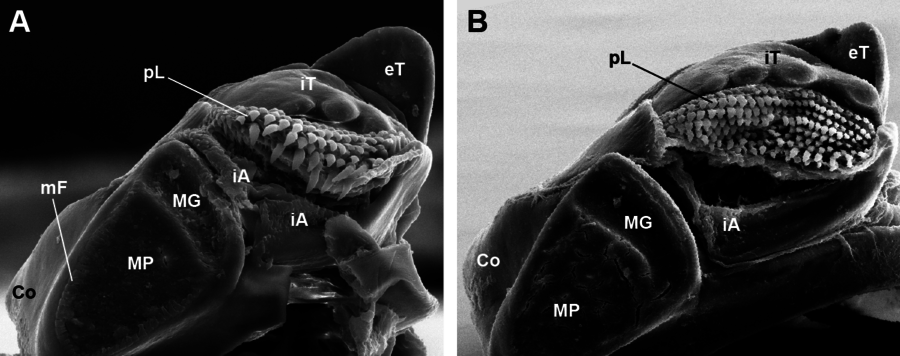
A First phylogenetic analysis of pill millipedes
The pill millipedes of the order Glomerida are a moderately diverse group with a classical Holarctic distribution pattern. Their classification is based on a typological system utilizing mainly a single character complex, the male telopods. In order to infer the apomorphies of the Glomerida, to elucidate its position in the Pentazonia, and to test the monophyly of its families and subfamilies, we conduct the first phylogenetic analysis of the order. To provide additional characters, we comparatively analyze the mandible using scanning electron microscopy. The final character matrix consists of 69 characters (11 mandible characters) and incorporates 22 species from 20 of the 34 pill millipede genera, representing all families and subfamilies, except the monotypic Mauriesiinae. Two species from each of the two other Pentazonian orders Sphaerotheriida and Glomeridesmida, as well as two Spirobolida, are included as outgroup taxa. The Glomerida are recovered as monophyletic and are supported by five apomorphies. Within the Pentazonia, the Glomeridesmida are recovered as the sister group to the classical Oniscomorpha (Sphaerotheriida + Glomerida) with weak support. The analysis provides little resolution within the Glomerida, resulting in numerous polytomies. Further morphological characters and/or the addition of molecular analyses are needed to produce a robust phylogenetic classification of the Glomerida.






